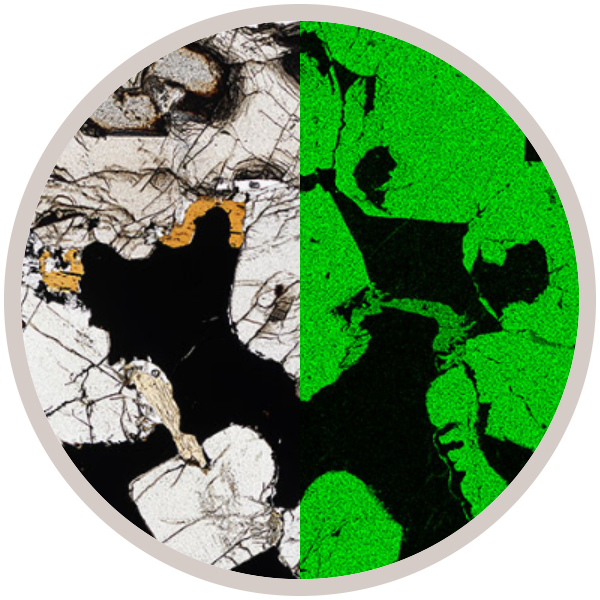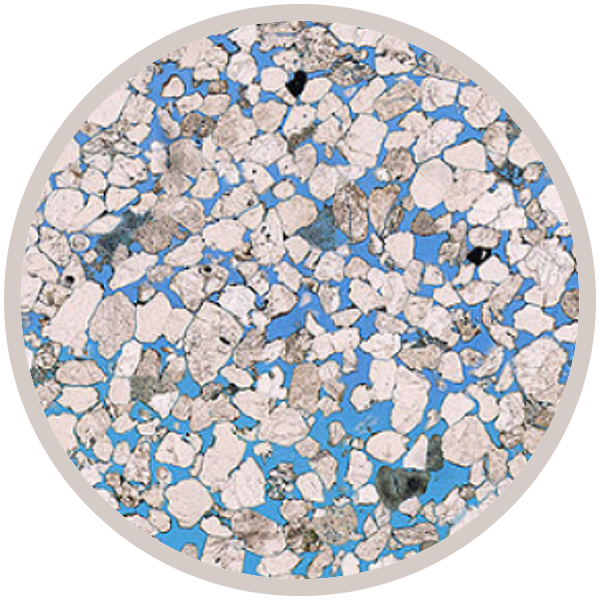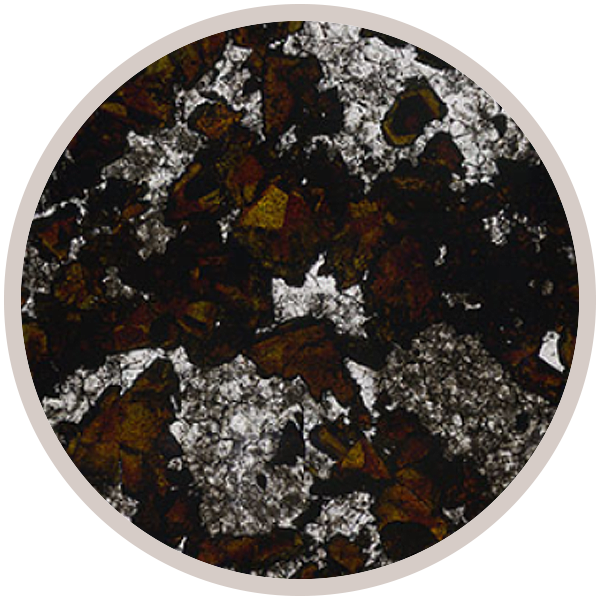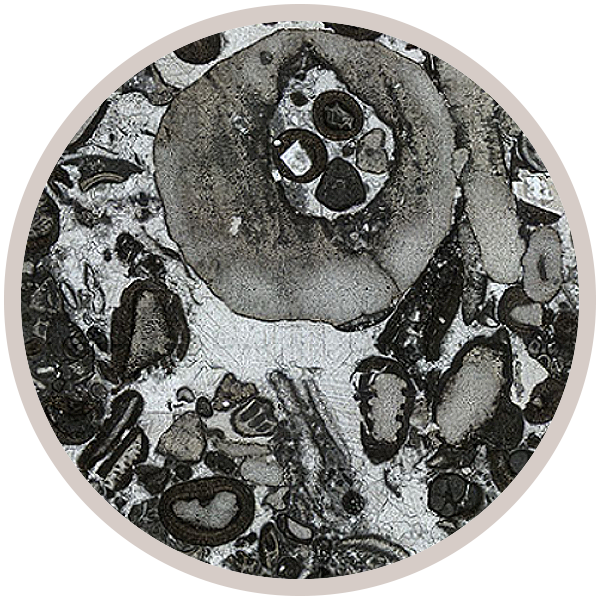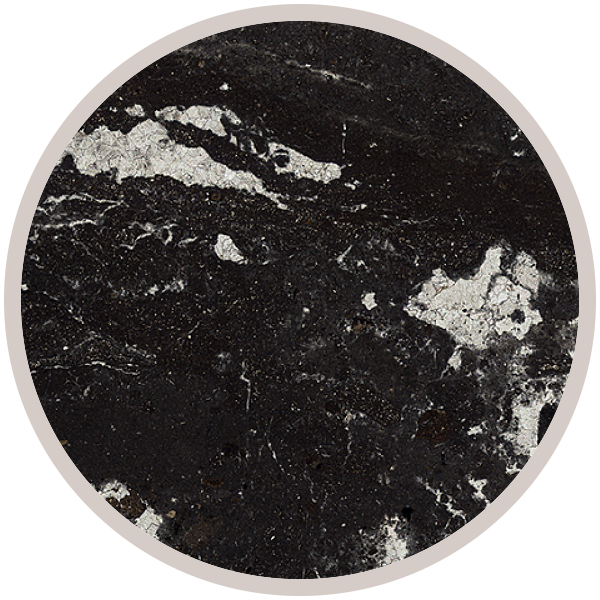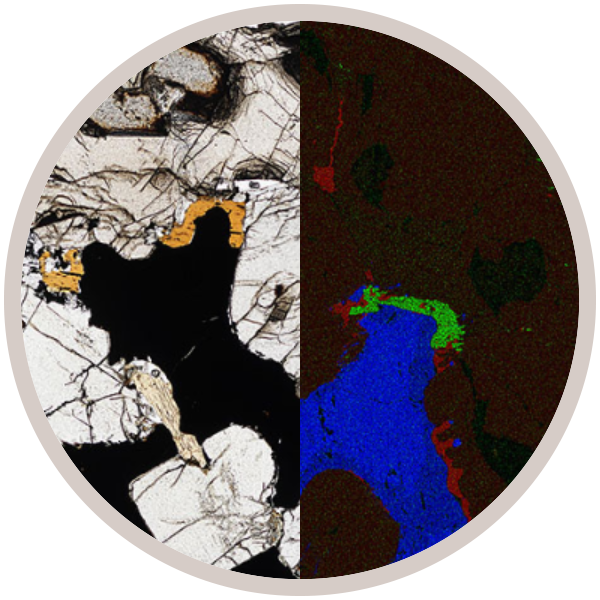
Fact sheet
This sample (0016IV) is a feldspathic pyroxenite from the Merensky Reef, a chromitite-sulphide mineralised portion of the ca. 2 Ga old Bushveld Complex, South Africa.
The microscope image includes high-spatial resolution elemental maps collected using a field-emission-gun scanning-electron microscopes (FEG-SEM) equipped with large area energy-dispersive X-ray (EDX) detectors at the iCRAG SEM laboratory, Trinity College Dublin.
In this case, three elements are displayed on one x-ray map by assigning each element to one of the R,G,B channels of the colour image.
This sample was funded by Prof. Balz Kamber's MetalIntelligence EU training network grant.
A group of iCRAG members (UCC, TCD, NUIG and UCD) in partnership with The Open University have created a new collection of Irish rocks and associated learning materials for the Virtual Microscope of Earth Sciences.
The project which is entitled 'The Geoscience e-Laboratory (GeoLab): Developing Digital Teaching and Learning Resources for the Virtual Microscope' seeks to develop open access teaching resources in the form of interactive exercises and assessment rubrics for the Virtual Microscope. Find out more about the project at the GeoLab website.
The Collection was created using funding from the Faculty of Engineering, Mathematics and Science at Trinity College, Dublin, and the National Forum Teaching and Learning Enhancement Fund. One sample (Merensky Reef) showcasing x-ray element maps in addition to the usual PPL/XPL/REF images was funded by Prof. Balz Kamber's MetalIntelligence EU training network grant.

